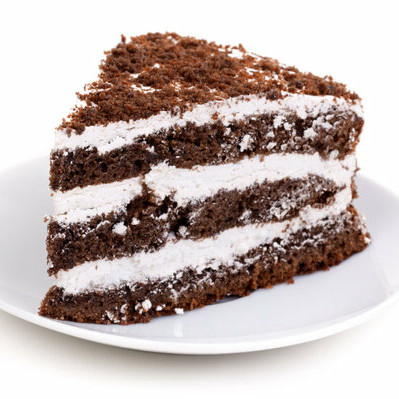Origin
With improved diagnosis for celiac disease and the realization that gluten avoidance is the only solution for celiacs, the market for gluten-free products has exploded recently. These products cannot use wheat, rye, barley and in some cases, oats.1
Around 0.7% of the US population are affected by celiac disease with the majority of cases remaining undiagnosed. Celiac disease symptoms can be eliminated by complete avoidance of gluten from the diet.1
Ingredients
Commonly used ingredients in gluten-free cake formulations:1
| Ingredient | Type | Function |
|---|---|---|
| Sugar | Granulated white sugar, brown sugar or their combinations |
|
| Flour | Rice, corn, potato starch or wheat starch (with 20 ppm or less gluten) |
|
| Eggs | Whole egg, egg powder |
|
| Fat | Butter, margarine or shortening |
|
| Water | – |
|
| Leavening agents | Baking powder, baking soda or ammonium bicarbonate |
|
| Salt | Granulated |
|
| Hydrocolloids | Xanthan gum, locust bean gum, CMC, HPMC or Guar gum |
|
| Vanilla | Extract or fresh |
|
Nutrition
Typical nutritional profile of a gluten-free cake mix per 100 g:2
| Component | Grams |
|---|---|
| Carbohydrate | 56.58 |
| Water | 21.05 |
| Fat | 19.7 |
| Protein | 2.63- |
This formula can provide around 408 kcal per 100 g portion. It’s gluten free and thus is suitable for celiac disease sufferes.2
Commercial production
Gluten-free cakes are manufactured through the following process:3
- Weighing and scaling the ingredients
- Creaming: shortening or butter is creamed with sugar
- Mixing: dry and wet ingredients are mixed separately and then added to the creamed fat. Vanilla and other essences are added
- Baking: batters deposited in baking pans are baked at 180 oC (360oF) for 30 min
- Cooling
Special considerations
When manufacturing gluten-free cakes the following considerations should be taken into account:
- Emulsifiers like polysorbate 60/65 and sorbitan monostearate should be added to help improve the level of emulsification.
- Typically no changes in baking times and temperatures are required.
Regulations
According to the FDA, a food product can be labeled gluten free if it contains less than 20 ppm of gluten; and does not contain wheat, rye or barley.4
In the EU, Commission Regulation No 828/2014 establishes that gluten-free products should not contain more than 20 mg/kg of gluten, and low gluten products should not contain more than 100 mg/kg of gluten.5
References
- Casper, J L., and Atwell, W.A. Gluten-free baked products. Elsevier, 2016.
- U.S. Department of Agriculture, Agricultural Research Service. FoodData Central, 29 July 2021.https://fdc.nal.usda.gov/fdc-app.html#/food-details/1955243/nutrients . Accessed 16 August 2021.
- Hui, Y. H., Corke, H., De Leyn, I., Nip, W. K., & Cross, N. A. Bakery products: science and technology. John Wiley & Sons, 2008.
- U.S. Food And Drug Administration.“Gluten And Food Labeling”. U.S. Food And Drug Administration, 2018, https://www.fda.gov/food/nutrition-education-resources-materials/gluten-and-food-labeling . Accessed 16 Aug 2021.
- European Commission (EC). Commission Regulation (EU) No 828/2014 of the European Parliament and of the Council of 30 July 2014 on food additives . Official Journal Of European Communities, 30 July 2014.

